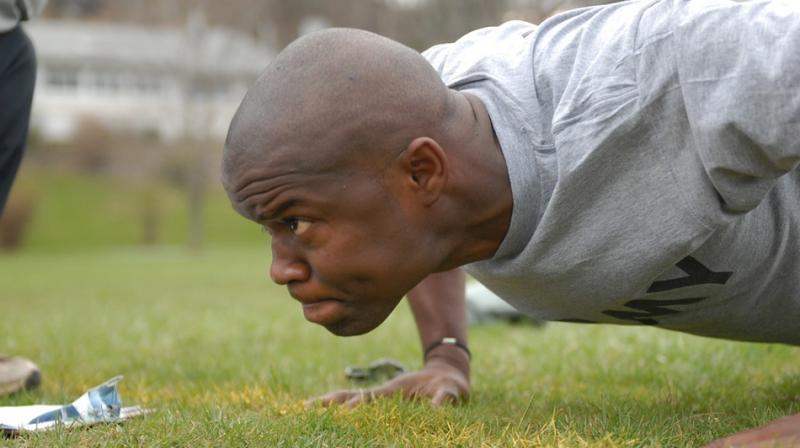Push-ups reduce 96% risks of heart diseases in men

Doctors often suggest young men to run on treadmill to reduce the chances of heart diseases. A new study from Harvard says that push-ups are more accurate way of assessing the heart risks in men instead. It states that middle-aged men who can do 40 push-ups at once are healthier than those who can do fewer than 10.
Senior author Professor Stefanos Kales told the Daily Mail, “The most commonly used physical activity assessments are the patient's self-reported history, health and lifestyle questionnaires. However, objectively measured CRF levels are often significantly lower than expected based on self-reported physical activity.”
It has been established that the CRF tests assessment tools have been inversely associated with cardiovascular diseases. These exercise test tools are generally expensive, time consuming and need some expert authority.
“In this study, we examined baseline performance on commonly performed physical fitness assessments (push-up capacity and sub maximal treadmill tests) and its association with subsequent incident CVD events in a cohort of occupationally active men. We hypothesised that higher fitness levels would be associated with lower rates of incident CVD,” Kales explained.
The study analysed the data collected from1,104 fire-fighters over 18 in Indiana with an average age of 39.6 and body mass index (BMI) of 28.7 enlisted to a retrospective longitudinal group study between 2000 and 2010.
“This study found that push-up capacity was inversely associated with 10-year risk of CVD events among men aged 21 to 66 years. Thus, push-up capacity, a simple, no-cost measure, may provide a surrogate estimate of functional status among middle-aged men,” Kales stated.
He further added that participants who were able to perform 11 or more push-ups at baseline had significantly reduced risk of subsequent CVD events.
“Our retrospective cohort study provides further insights into the association of greater fitness, specifically muscular strength, with CVD-related outcomes in an occupationally active cohort across 10 years of follow-up. This study emphasises the importance of physical fitness on health, and why clinicians should assess fitness during clinical encounters,” Kales concluded.

